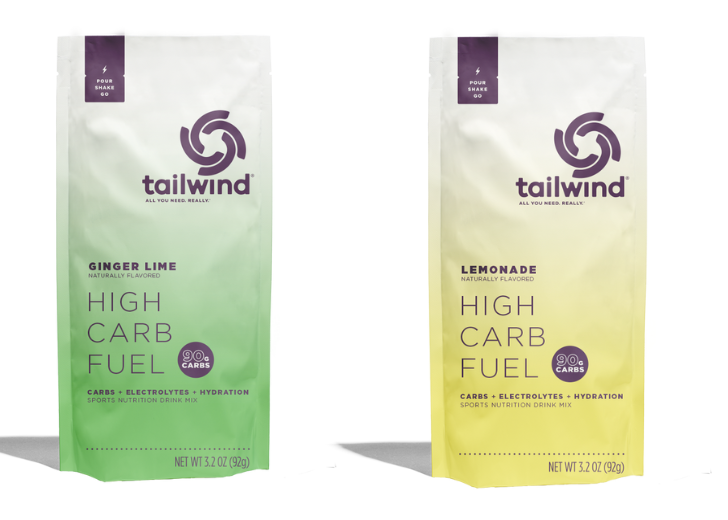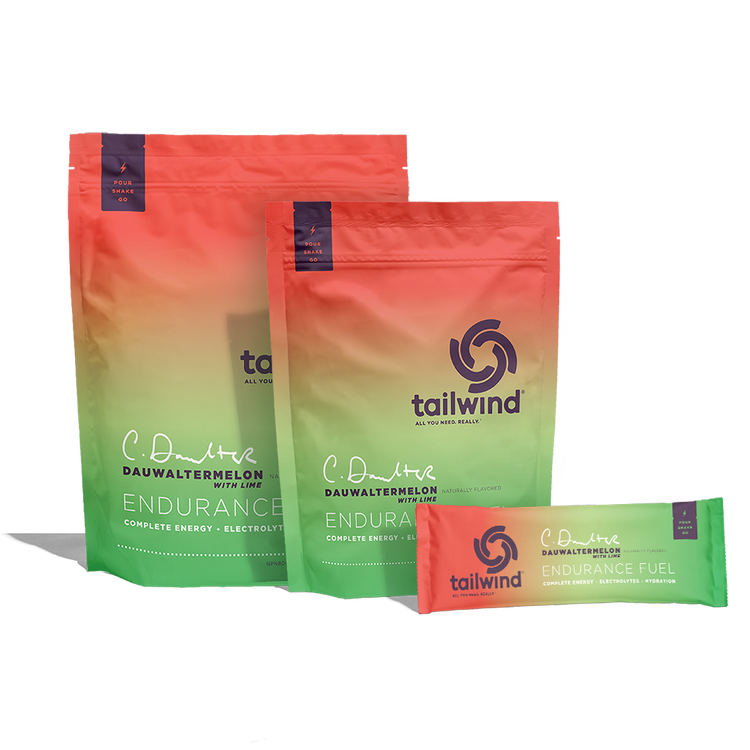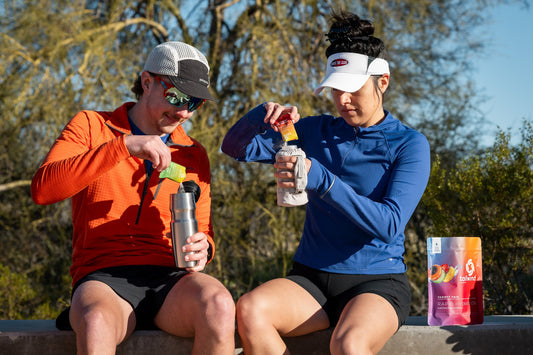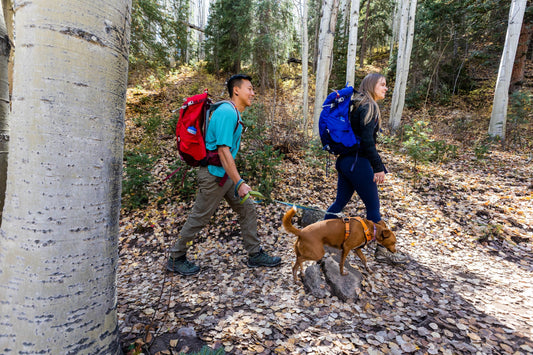How to Train for High Altitude Races and Adventures
0 Comments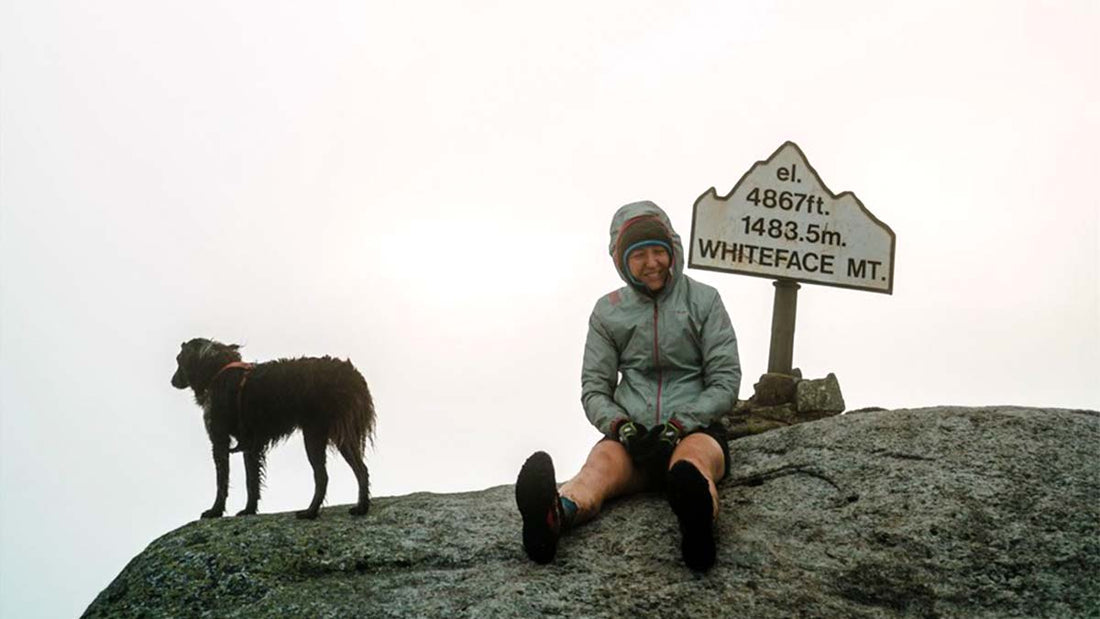
By Sarah Keyes
I love where I live. The Adirondacks are a special place and I like to boast that there isn’t anywhere better. The only thing missing could potentially be access to high altitude. The highest point of New York is Mount Marcy at 5,343’ and while I would happily summit the mountain daily it’s illegal to camp above 3500’ in the High Peaks region (except at a couple designated sites). This presents somewhat of a problem for those of us who would like to visit places or race at higher altitudes.
In preparation for the Run Rabbit Run 100 Mile event in Steamboat Springs, Colorado I dove into how best to be ready for that thin air. I’ll share some highlights and specifically how to use Tailwind in your training and racing!
What is really happening when you go to altitude?
For a fantastic and thorough dive into the science of altitude acclimation check out Corrine Malcolm’s article on irunfar.com here.
To summarize; as we go up in altitude there is a reduction in the partial pressure of oxygen which is necessary to maintain the pressures within the body that we need to transport oxygen effectively. In response to this lesser ability to effectively transport oxygen around our bodies we start to adapt in a matter of hours of being at altitude. Some of the noticeable effects being an increase in respiratory rate, heart rate, increased urination, decreased plasma volume just to name a few (1).
The general consensus seems to be that while we start to adapt in the first 72 hours at altitude it can take 21–28 days for the adaptations to fully take effect (2). It’s generally accepted that the best way to do this is to go to altitude. But what if you are like me and live at a low elevation without the opportunity to travel to altitude for a month before an event? Keep reading to learn my hacks.
What the science says
There are a few major things happening in our bodies when we go to altitude. With the increased respiratory rate we actually may have an increase in CO2 in our systems leading to a shift in our pH. When this occurs the kidneys get involved and begin to produce more erythropoietin (EPO), which stimulates the body to produce more red blood cells. Now the kidneys are important here, especially as athletes. Keep in mind that in order for this response to occur our bodies start to diuresis, leading to increased urination. This should start sounding alarms, increased urination puts us more at risk for dehydration. This is also a trick the kidneys do to increase the concentration of our blood but it also reduces plasma volume, meaning thicker blood (3). On top of all that we lose fluid via our increased ventilatory rate up to 1900 mL in men and 850mL in women (4).
To get down to brass tacks, we should be taking this very seriously if competing at altitude. All of this work the body is doing has been shown to increase our nutrition needs. As we go up in altitude we rely more on carbohydrate (CHO) to replenish muscle glycogen and maintain cognitive function (5). Studies have found that our resting metabolic rate even at moderate altitudes increases up to 19% (6). The need to increase CHO while at altitude is paramount for the adaptation process to occur.
Maladaptions to altitude have been noted with improper fluid balance and low energy availability (7). In summary drink more and eat more with close attention to intake as to not over do it. How much is too much? One study suggested cyclists with heavy training loads at altitude should be taking in 10L of fluid a day! (8). I don't recommend following their protocol but adjusting to your own needs with careful monitoring of urine output etc. Also of note is that appetite can commonly be suppressed at altitude, making liquid nutrition even more important (time to reorder Tailwind).
How to Acclimate to High Altitude
Most of the acclimation research I’ve run into surrounded the “Live High, Train Low” methodology to elicit positive adaptations for sea level performance. The idea being that you live at a moderate or high altitude but can travel to low altitude to put in quality workouts. You may have heard of athletes doing altitude camps or olympic teams using this technique for training (9). As mentioned before the consensus seems to be that these positive effects were seen after a 3–4 week period.
Another option for acclimation you may have heard of are altitude tents, chambers or rooms. There seems to be more debate surrounding these methods with quite a bit of research looking at hours per day and for how long. From what I gathered studies showed a beneficial increase in adaptations, RBC volume and Hemoglobin mass, after 3 to 4 weeks with a minimum of 12– 13 hours a day exposure to altitude/hypoxia. The debate being that this amount of time in a small tent or chamber may be deleterious for athletes, plasma volume drops with bedrest (10). On the other hand there have been potential performance benefits seen in elite athletes with as little as 9hr a night at simulated 3000m altitude for 21 days during a 3 week training camp (11). All that to say if you’re trying to use an altitude tent or chamber combined with structured training you may or may not see positive effects.
If you don’t have access to an altitude tent you could also try what some call “poor man's altitude” or heat acclimation. On a cellular and systemic level there seems to be cross tolerance to hypoxia with heat acclimation (12). Basically the body uses similar mechanisms to adapt to either a hot or high environment. As an alternative to the “Live High, Train Low '' method athletes have tried a similar protocol for heat training, five weeks of heat exposure creating an increased hemoglobin mass (13).
What about saunas? Using a passive heat acclimation process like saunas or baths has been shown to produce positive benefits that may cross over for altitude. Research shows that passive strategies can increase plasma volume, reduce exercise core temperatures, reduce resting and exercise heart rate, enhance sweat capacity and reduce the rating of perceived exertion. Plus these types of strategies can be used year round. The recommended sequence for passive heat acclimation is to use them directly after exercise for at least 30 minutes per session, seeing results with a minimum of 6 consecutive exposures.
In my years of coaching I’ve come to realize that outside factors, some within our control and some not, always skew the data. Some things to consider; both vitamin D and iron levels have been noted as being important in determining the bodies ability to adapt (14). Women should pay close attention to where they are in their cycles when using any of these strategies. During the luteal phase (high hormone phase) women have other hormonal factors that may limit their bodies ability to utilize the strategies discussed above. See my article on the women’s hormone cycle for more info.
How I Acclimated for High Altitude Racing
In leading up to RRR100 I was fortunate to be able to travel to Steamboat Springs, Co where the race takes place for my own mini altitude camp. I spent a week camped out on the course to preview the route but also jumpstart my acclimation process. I found during this time I experienced all the common symptoms of altitude acclimation as my body struggled to adapt. Unfortunately I was also in my high hormone phase which complicated things. My oximetry on my Coros Apex Pro read in the high 80% on and off for several days, well below ideal.
Once I returned home to 1500’ above sea level I continued to sleep in an altitude tent set for 9000’. I also am lucky to have an outdoor sauna at home which I utilize several times a week in the evening. Time will tell if this regimen is not enough, too much or just right for me when I toe the line this upcoming weekend! One thing I can be certain of is my fuel source of choice, Tailwind, will provide plenty of CHO!
